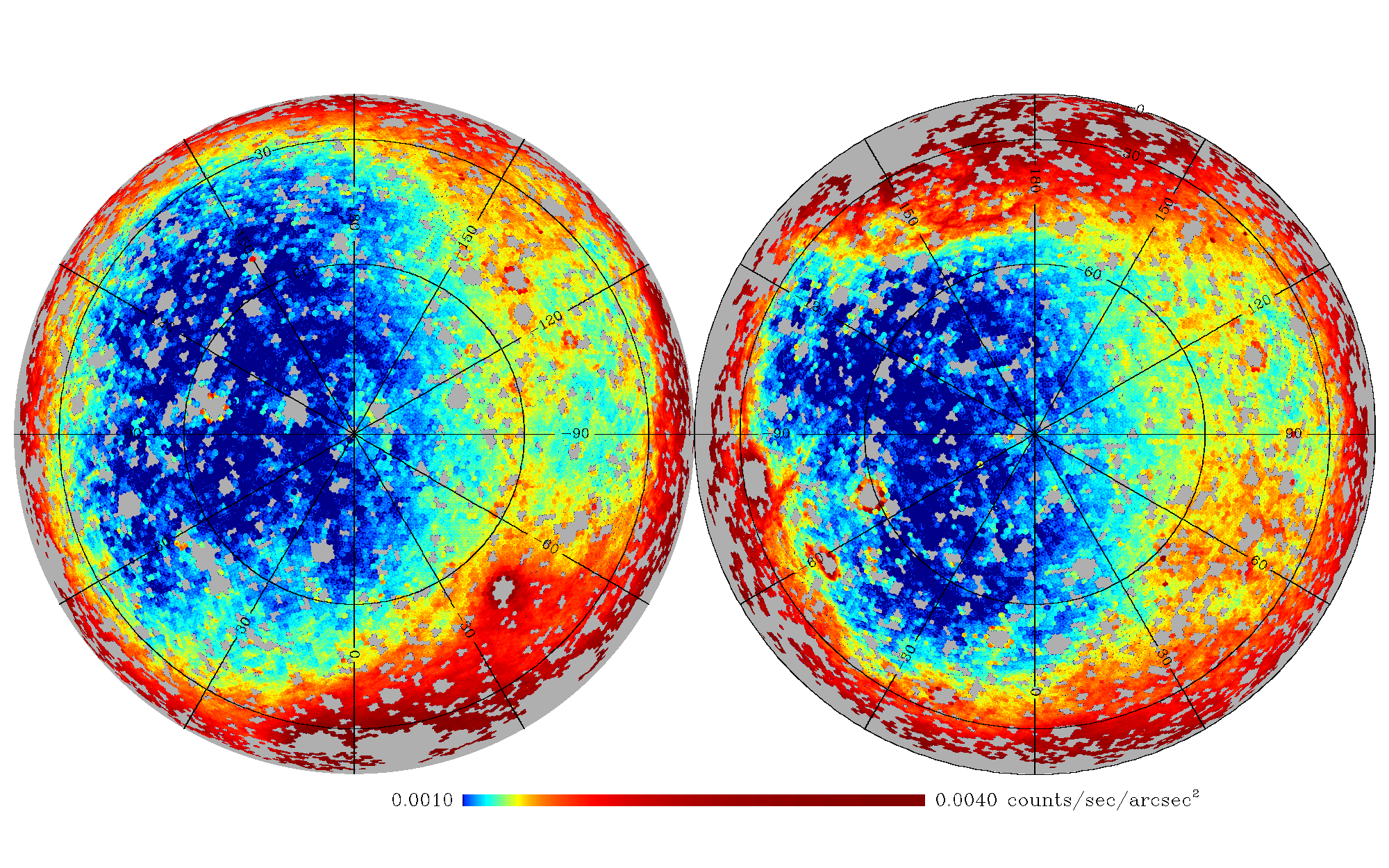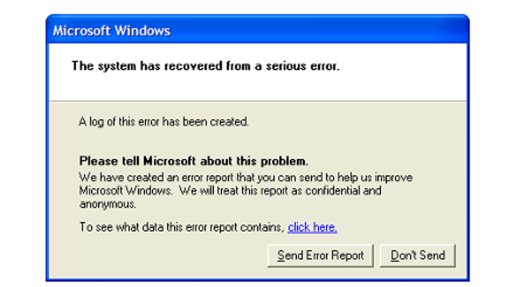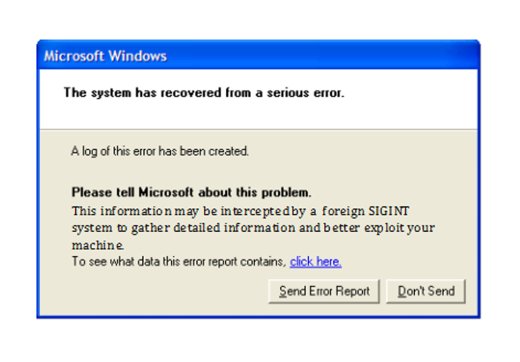How semantic search is killing the keyword by Rich Benci.
From the post:
Keyword-driven results have dominated search engine results pages (SERPs) for years, and keyword-specific phrases have long been the standard used by marketers and SEO professionals alike to tailor their campaigns. However, Google’s major new algorithm update, affectionately known as Hummingbird because it is “precise and fast,” is quietly triggering a wholesale shift towards “semantic search,” which focuses on user intent (the purpose of a query) instead of individual search terms (the keywords in a query).
Attempts have been made (in the relatively short history of search engines) to explore the value of semantic results, which address the meaning of a query, rather than traditional results, which rely on strict keyword adherence. Most of these efforts have ended in failure. However, Google’s recent steps have had quite an impact in the internet marketing world. Google began emphasizing the importance of semantic search by showcasing its Knowledge Graph, a clear sign that search engines today (especially Google) care a lot more about displaying predictive, relevant, and more meaningful sites and web pages than ever before. This “graph” is a massive mapping system that connects real-world people, places, and things that are related to each other and that bring richer, more relevant results to users. The Knowledge Graph, like Hummingbird, is an example of how Google is increasingly focused on answering questions directly and producing results that match the meaning of the query, rather than matching just a few words.
“Hummingbird” takes flight
Google’s search chief, Amit Singhal, says that the Hummingbird update is “the first time since 2001 that a Google algorithm has been so dramatically rewritten.” This is how Danny Sullivan of Search Engine Land explains it: “Hummingbird pays more attention to each word in a query, ensuring that the whole query — the whole sentence or conversation or meaning — is taken into account, rather than particular words.”
The point of this new approach is to filter out less-relevant, less-desirable results, making for a more satisfying, more accurate answer that includes rich supporting information and easier navigation. Google’s Knowledge Graph, with its “connect the dots” type of approach, is important because users stick around longer as they discover more about related people, events, and topics. The results of a simple search for Hillary Clinton, for instance, include her birthday, her hometown, her family members, the books she’s written, a wide variety of images, and links to “similar” people, like Barack Obama, John McCain, and Joe Biden.
The key to making your website more amenable to “semantic search” is the use of the microformat you will find at Schema.org.
That is to say Google’s graph has pre-fabricated information in its knowledge graph that it can match up with information specified using Schema.org markup.
Sounds remarkably like a topic map doesn’t it?
Useful if you are looking for “popular” people, places and things. Not so hot with intra-enterprise search results. Unless of course your enterprise is driven by “pop” culture.
Impressive if you want coarse semantic searching sufficient to sell advertising. (See Type Hierarchy at Schema.org for all available types.
I say coarse semantic searching, my count on the types at Schema.org, as of today, is seven hundred and nineteen (719) types. Is that what you get?
I ask because in scanning “InterAction,” I don’t see SexAction or any of its sub-categories. Under “ConsumeAction” I don’t see SmokeAction or SmokeCrackAction or SmokeWeedAction or any of the other sub-categories of “ConsumeAction.” Under “LocalBusiness” I did not see WhoreHouse, DrugDealer, S/MShop, etc.
I felt like I had fallen into BradyBunchville. 😉
Seriously, if they left out those mainstream activities, what are the chances they included what you need for your enterprise?
Not so good. That’s what I thought.
A topic map when paired with a search engine and your annotated content can take your enterprise beyond keyword search.


